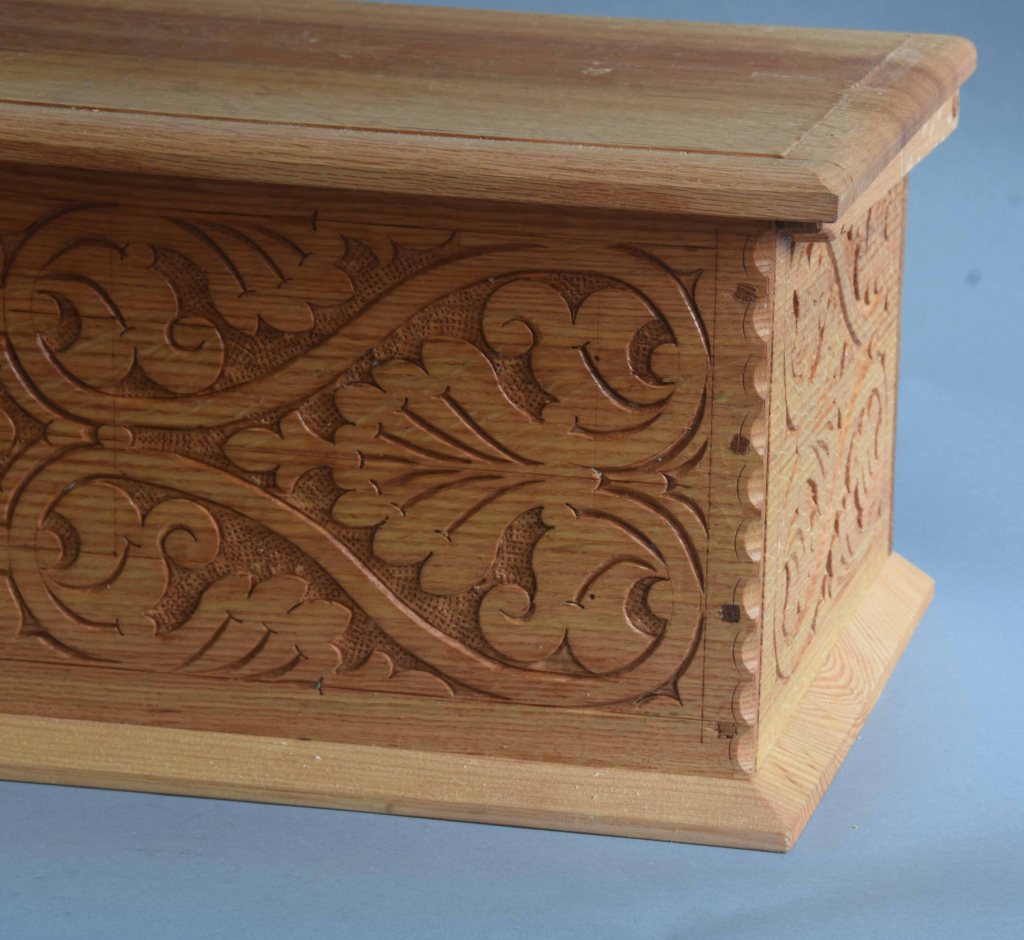You probably already know about Pete Galbert’s video series but in case some of you have missed it here’s a blurb about it. Back in the spring of 2020 when it became apparent that we’d all be home for quite a while, Pete & I both started shooting videos in our shops. My approach was seat-of-the-pants, Pete’s was to go full-tilt – and it shows. His series Foundations in Chairmaking is excellent – https://www.petergalbert.com/videos
I bought a subscription to it when he announced it and have watched almost every minute of it. Pete covers details and nuances very well. He uses some very helpful graphics to illustrate some of the fine points he’s after about things like fiber/grain direction, what the drawknife is really doing when you slice through the wood and more.
Below is a shot from a section about gluing up a seat blank. PG shows you how to orient the 3 (not 2) sections of the board to make joints that pretty much disappear – it’s been years and years since I’ve done this for a chair, but it was a real eye-opener to watch his process.
Recently someone wrote to me asking about kiln dried wood for chairmaking. They don’t have access to green wood and wanted to make a JA chair. Pete had just posted a video about that very subject – something I’ve never done and never will – but I know several folks who do just that. Galbert covered the subject in great detail so I just pointed the person there.
Here’s a snippet from that video, showing the fibers outlined with a Sharpie so you can see what he’s after.
If you like chairmaking or want to start in chairmaking there’s lots of fodder out there. Add Pete’s videos to the pile, it’s money well spent.




































